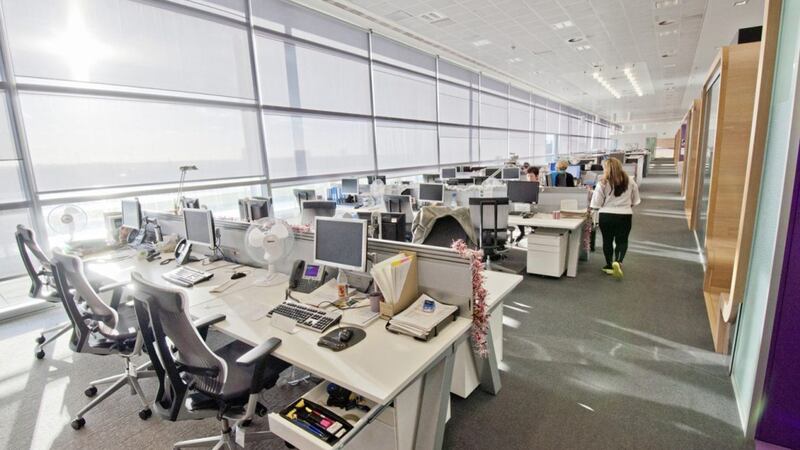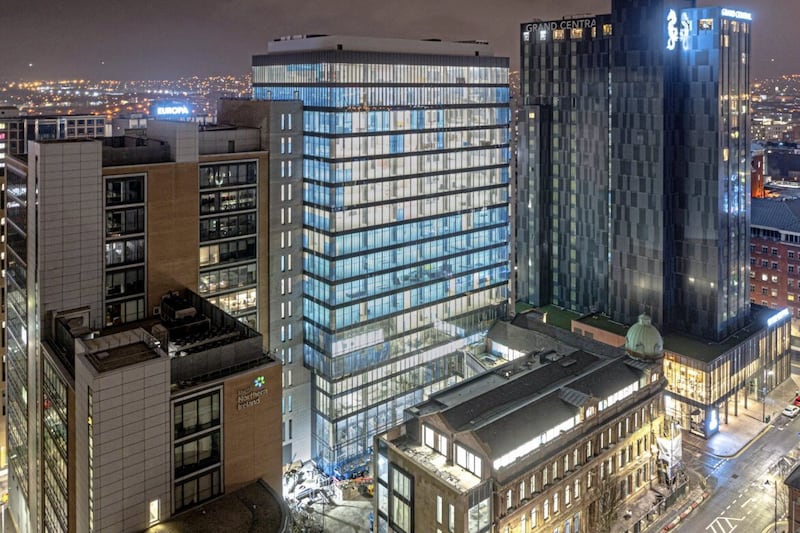FOR those in the world of commercial property, Grade A is a term that you’ll hear most days and, if the office or investment sector is of interest to you, it’ll be the benchmark against which you compare the majority of assets.
While there is no industry standard definition for Grade A, it refers to ‘best in class’ office accommodation, either new or recently refurbished, with raised floor access, air conditioning and, in general, accommodation that meets and exceeds the requirements of demanding modern occupiers.
As with many subjective terms, Grade A in one place isn’t always the same as Grade A in another. Hence the expectations of London’s Grade A offices may be significantly different to Belfast’s in terms of the standards expected in these locations.
For decades two key drivers, above all other elements, have topped the list of occupiers’ demands when selecting their Grade A office. Cost and location took precedence over everything and, more often than not, would make or break deals.
That is until now. As the economy changes, and with the proliferation of smart technologies, it’s no longer just location and cost at the very top of the occupier’s list. Enter digital connectivity, the new kid on the block, a factor driven so strongly by the rapidity of recent technological change that it is rapidly catching up on location and cost on occupiers’ requirement lists.
Today, for almost every company looking for Grade A space, is being in the right place at the right price enough? If the digital connectivity of the space doesn’t meet, support and exceed a firm’s technological infrastructure requirements, it’s a significant barrier to the decision-making process.
And digital connectivity isn’t the only factor that’s moved up occupiers’ lists of requirements. Over the past 10 years one of the biggest workplace changes has been the transition towards a gig economy, where temporary jobs are commonplace, and companies are moving from full-time employees towards independent contractors and freelancers.
As a result, layout is becoming a more and more vital aspect of a company’s decision-making when choosing its future home.
Cubicles and private offices have become ‘so last decade’ and technological change and economic pressures are resulting in what has been coined the ‘agile workplace’.
Companies are now having to provide inventive environmental solutions to offer flexible working space for permanent staff, and also meet the requirements of project workers.
This is fuelling a desire for occupiers to have open plan and collaborative areas that just a few years ago would have been considered the domain of the design studio or tech start-up.
So what is Grade A office space?
Well, right now it’s harder to define than ever and likely to become more so as occupier demands continue to become more diverse. One thing that can be said for sure is that occupier decisions won’t just be based on location and cost anymore - there’s an awful lot more to it than that.
:: Declan Flynn is managing director of Belfast-based commercial property agency Lisney, which works on behalf of many of Northern Ireland's most significant investors and developers as well as major retailers and businesses.







